 With mild success I have been using Jerry Seinfeld’s productivity tip to track my workout routine.
With mild success I have been using Jerry Seinfeld’s productivity tip to track my workout routine.
The idea is that you put a big red X on your wall calendar for every day that you do your work (in Jerry’s case, it was every day he wrote comedy). The idea then is to not beak the chain.
Here’s how it worked.
He told me to get a big wall calendar that has a whole year on one page and hang it on a prominent wall. The next step was to get a big red magic marker.
He said for each day that I do my task of writing, I get to put a big red X over that day. “After a few days you’ll have a chain. Just keep at it and the chain will grow longer every day. You’ll like seeing that chain, especially when you get a few weeks under your belt. Your only job next is to not break the chain.”
“Don’t break the chain.” He said again for emphasis.
Several sites have popped up since this tip emerged that help you track your chain of productivity. My favorite so far is www.dontbreakthechain.com (very aptly named). Anyways, it’s a great tip, and it definitely keeps you motivated.
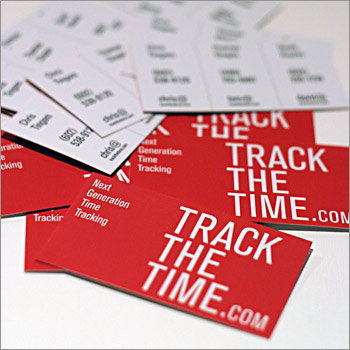



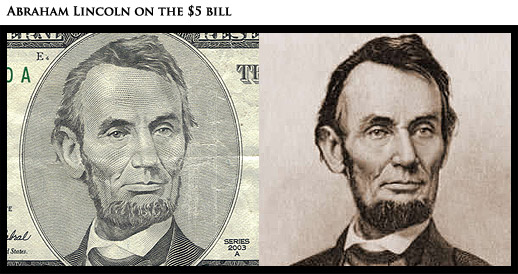


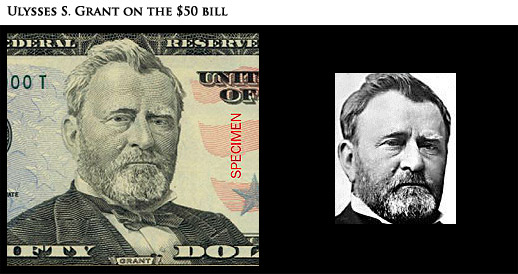

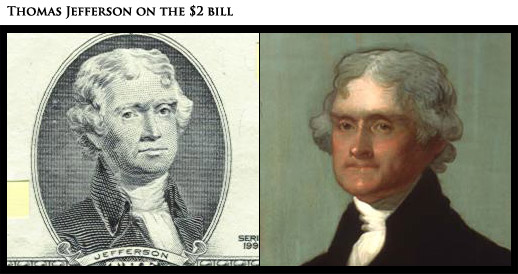
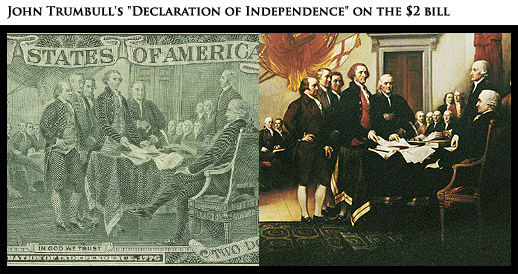
 The manager helped me pick out a nice navy blue suit which fits perfectly. While I was changing out of the suit, one of the other staff members picked out a series of matching shirts and ties. They had asked if I was interested, and I said I was. The whole team pulled together to make me look great, and it showed. Over 6 staff members assisted me during my brief visit (less than 30 minutes). It’s magical.
The manager helped me pick out a nice navy blue suit which fits perfectly. While I was changing out of the suit, one of the other staff members picked out a series of matching shirts and ties. They had asked if I was interested, and I said I was. The whole team pulled together to make me look great, and it showed. Over 6 staff members assisted me during my brief visit (less than 30 minutes). It’s magical. Happy customers return, and really happy customers tell their friends. A business grows based on the service you provide and allows your company to grow, raise prices, and be the one people tell stories about.
Happy customers return, and really happy customers tell their friends. A business grows based on the service you provide and allows your company to grow, raise prices, and be the one people tell stories about. James Dyson created thousands of prototype vacuums over 15 years before he was satisfied with his product. In an aptly named article titled
James Dyson created thousands of prototype vacuums over 15 years before he was satisfied with his product. In an aptly named article titled 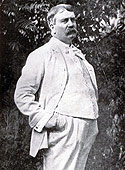 Make no little plans. They have no magic to stir men’s blood and probably themselves will not be realized. Make big plans; aim high in hope and work, remembering that a noble, logical diagram once recorded will never die, but long after we are gone will be a living thing, asserting itself with ever-growing insistency. Remember that our sons and grandsons are going to do things that would stagger us. Let your watchword be order and your beacon beauty. Think big.
Make no little plans. They have no magic to stir men’s blood and probably themselves will not be realized. Make big plans; aim high in hope and work, remembering that a noble, logical diagram once recorded will never die, but long after we are gone will be a living thing, asserting itself with ever-growing insistency. Remember that our sons and grandsons are going to do things that would stagger us. Let your watchword be order and your beacon beauty. Think big.
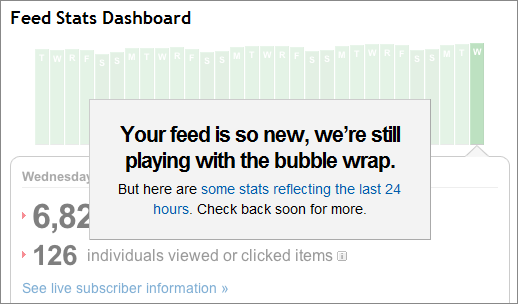
 Freelancers and people new to the service industry ask this often enough: Should I charge an hourly rate or should I give people specific quotes?
Freelancers and people new to the service industry ask this often enough: Should I charge an hourly rate or should I give people specific quotes?